Buddhist universities: Innovation and transmission in monastic education
Buddhist universities were among the most complex and influential institutions developed within the broader history of monastic education. Building on earlier forms of oral transmission and teacher-student relationships in monasteries, these universities emerged as centers of advanced learning that helped systematize Buddhist knowledge, cultivate scholastic networks, and support doctrinal transmission across regions. In this post, we examine their historical development, curricular features, architectural legacy, and long-term impact on Buddhist traditions in South, Central, and Southeast Asia.
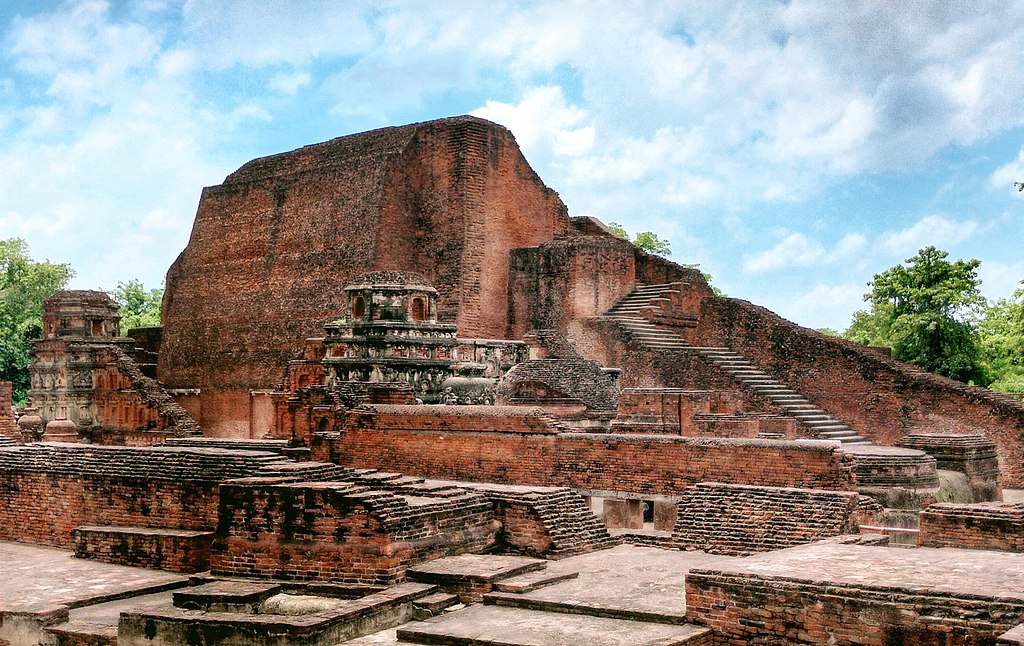
Archaeological site of Nalanda Mahavihara (here: Temple No. 3), Nalanda, Bihar, India. Nalanda was a renowned Buddhist mahavihara (great monastery) in ancient and medieval Magadha (modern-day Bihar). Widely considered to be among the greatest centres of learning in the ancient world, and often referred to as “the world’s first residential university”, it was located near the city of Rajagriha (now Rajgir). Operating for almost a thousand years from 427 CE until around 1400 CE, Nalanda played a vital role in promoting the patronage of arts and academics during the 5th and 6th century CE, a period that has since been described as the “Golden Age of India” by scholars. In modern times, the site has been recognized as a UNESCO World Heritage Site, and it continues to be a significant archaeological and historical landmark. Source: Wikimedia Commonsꜛ (license: CC BY-SA 4.0)
Introduction
The term “Buddhist university” refers to a historically emergent type of monastic institution that combined residential life with a structured curriculum of religious and philosophical education. Unlike earlier monasteries, which primarily focused on individual spiritual practice and oral transmission of teachings, these centers of learning developed into complex institutions with formalized pedagogy, administrative systems, and architectural infrastructure designed to accommodate large communities of scholars and students.
It is important to distinguish between basic monastic education, which was widespread and integral to all monastic life, and the larger-scale university-like establishments such as Nālandā and Vikramaśīla. While all monks engaged in study, only a few sites evolved into scholastic hubs that attracted international students, housed vast libraries, and cultivated advanced doctrinal, philosophical, and linguistic training across Buddhist and non-Buddhist traditions.
Education has always played a central role in the development and transmission of Buddhism. From the early emphasis on memorization and recitation of the Dharma to the institutional support of expansive curricula and scholarly exchange, Buddhist learning has shaped doctrinal evolution, supported missionary activity, and fostered a durable intellectual tradition across South and Central Asia. Buddhist universities represent a key moment in this continuum, when religious practice, scholarship, and cross-cultural dialogue converged in a lasting architectural and institutional form.
Pre-formal Learning structures
Before the emergence of institutionalized centers such as Nālandā, Buddhist education was embedded in the daily life of monastic communities. Learning took place within monasteries where newly ordained monks received instruction from senior members of the saṅgha. The focus was on the memorization and internalization of canonical texts, particularly the Suttas and the Vinaya, through oral transmission, recitation, and repetition.
This oral-based pedagogy was not only a necessity in the absence of widespread writing technologies but also a reflection of the high value placed on personal mastery and ethical embodiment of the teachings. Groups of students often recited texts together under the supervision of a teacher (ācariya), who ensured accuracy and helped explain doctrinal meaning through commentaries and analogies. Recitation sessions were often communal, and memory functioned as the primary vehicle for preserving and transmitting the Dharma.
The educational structure was highly personal and lineage-based. Knowledge was transmitted from teacher to student in an unbroken chain of instruction, fostering strong interpersonal bonds and loyalty to one’s teacher lineage (paramparā). This model emphasized character development, lived discipline, and gradual accumulation of understanding, rather than scholastic formalism. Over time, as Buddhist communities expanded and doctrinal complexity increased, this model laid the groundwork for more formalized institutions with larger curricula, standardized procedures, and administrative structures.
Nālandā: The prototype Buddhist university
Nālandā stands as the most prominent and enduring example of an early Buddhist university, both in its scale and its intellectual legacy. Founded in the 5th century CE during the Gupta period, it was established near Rājagṛha (modern-day Bihar, India) in a region historically associated with the Buddha and early Buddhist activity. The site evolved from a modest monastic settlement into a vast educational complex with an enrollment of thousands of monks and lay students.

Archaeological site of Nālandā, Bihar, India. Source: Wikimedia Commonsꜛ (license: CC BY-SA 4.0)
Nālandā’s curriculum was remarkably broad and rigorous. While its primary focus was the study of Buddhist texts, particularly the Abhidharma, Vinaya, and various Mahāyāna sūtras, it also offered training in logic (hetuvidyā), grammar, medicine, astronomy, and even non-Buddhist philosophies such as Sāṅkhya and Vaiśeṣika. Instruction took place through lectures, debates, and commentary, with teachers often specializing in specific philosophical schools or scriptural traditions.

A map of the excavated remains of Nālandā. Source: Wikimedia Commonsꜛ (license: CC BY-SA 4.0)
The infrastructure of Nālandā reflected its role as both a monastic residence and a scholastic institution. Archaeological excavations have uncovered rows of residential monasteries (vihāras), interconnected by walkways and aligned with large lecture halls, libraries, temples, and stūpas. The Mahāvihāra, the central institution, coordinated educational activities and oversaw the management of resources and admissions. The site also boasted a renowned library complex known as the Dharmaganja, reportedly containing hundreds of thousands of manuscripts, many of which were copied and circulated throughout Asia.

Excavated ruins of the monasteries of Nalanda. Source: Wikimedia Commonsꜛ (license: CC BY-SA 2.0)
Nālandā attracted a diverse and international student body. It became a destination for scholars from across the Buddhist world, particularly from China, Korea, Tibet, and Southeast Asia. Notable visitors included the Chinese monks Xuanzang (7th century) and I-Tsing (late 7th century), who studied at Nālandā and later documented its curriculum, administrative structure, and intellectual vibrancy. Their accounts serve as primary sources for understanding Nālandā’s daily life and scholarly output.

Conjectural Reconstruction of Temple No. 3, Nalanda University, c. 6th century CE. Source: Wikimedia Commonsꜛ (license: public domain)
The university’s success was enabled in part by sustained political and economic patronage. Gupta rulers and later Pāla kings endowed Nālandā with land grants, resources, and official protection. These connections provided stability and allowed the institution to flourish for over seven centuries, until its decline and eventual destruction in the 12th century. Nālandā’s model, blending monastic discipline with scholastic rigor and international engagement, served as a prototype for subsequent centers of Buddhist learning across Asia.
Other major centers
In addition to Nālandā, several other significant Buddhist universities emerged in the centuries that followed, particularly during the Pāla dynasty (8th-12th centuries CE). These institutions were often established in response to the intellectual and cultural currents of their time, and they contributed to the transmission of Buddhist teachings across regions.
Vikramaśīla
Founded in the late 8th or early 9th century CE by King Dharmapāla of the Pāla dynasty, Vikramaśīla was established as a response to what was perceived as a decline in scholastic rigor at Nālandā. It emerged as a complementary and, at times, rival center of advanced Buddhist learning in Eastern India. Vikramaśīla placed strong emphasis on Tantric or Vajrayāna teachings, which were becoming increasingly prominent during this period, particularly in northeastern India and Tibet.

Landscape of Vikramashila Ruins, the seating and meditation area. Source: Wikimedia Commonsꜛ (license: public domain)
The institutional structure of Vikramaśīla was notably formal. It featured a central administration headed by an abbot (mahāpaṇḍita) and supported by a hierarchy of teachers and scholar-monks. The curriculum included traditional subjects such as logic, grammar, and Abhidharma, but gave particular prominence to esoteric Buddhist texts and ritual systems. Debates played a central role in pedagogical practice, with regular public disputations forming both a method of instruction and a measure of academic prestige.

Vikramashila Ruins, the view of the entrance from the stupa. Source: Wikimedia Commonsꜛ (license: public domain)
The layout of the Vikramaśīla complex included multiple monastic cells, large lecture halls, temples, and a central shrine. Archaeological excavations at Antichak in Bihar have revealed remnants of its brick architecture, sculptures, and inscriptions, confirming its scale and institutional sophistication. Vikramaśīla became particularly influential in the transmission of Vajrayāna Buddhism to Tibet, with figures like Atiśa Dīpaṃkara Śrījñāna, one of its most renowned graduates, playing a critical role in the later development of Tibetan Buddhism.

Vikramashila Ruins, main stupa at the centre. Source: Wikimedia Commonsꜛ (license: CC BY-SA 3.0)
Together with Nālandā, Vikramaśīla represents the intellectual high point of institutionalized Buddhist learning in India. Its structured administration, emphasis on scholastic excellence, and integration of emerging Vajrayāna traditions made it a dynamic and influential educational institution until its decline and destruction in the 12th century CE.
Odantapuri
Founded in the 8th century CE, likely during the reign of Gopāla, the first Pāla king, Odantapuri was another significant center of Buddhist scholarship in Bihar. Situated near modern-day Bihar Sharif, it was considered one of the earliest Mahāvihāras of the Pāla period and formed part of the wider network of state-sponsored Buddhist universities. Although much less is known about Odantapuri compared to Nālandā or Vikramaśīla, historical accounts suggest that it emphasized Tantric practices and played a key role in the transmission of esoteric Buddhism.

Photograph of the old ruined gate of the fort at Bihar Sharif in Bihar, taken by Joseph David Beglar in the 1870s. The fort is believed to have been part of the Odantapuri university. Source: Wikimedia Commonsꜛ (license: public domain)
Chinese sources and Tibetan texts refer to Odantapuri as an important center of learning and manuscript production. It is often regarded as a regional rival to Nālandā, with some scholars suggesting that it may have served as a bridge between scholastic Buddhism and increasingly popular Vajrayāna currents. Archaeological remains are limited due to later urban development, but references in later Tibetan monastic records attest to its reputation and academic significance.
Jagaddala and Somapura
Other important Mahāvihāras that flourished under Pāla patronage include Jagaddala and Somapura, both located in present-day Bangladesh. Jagaddala, believed to have been founded in the 11th century CE, gained recognition for its contributions to manuscript production and textual transmission, particularly in the context of late Indian scholasticism. It likely maintained strong ties with Tibetan monastic centers, especially during the final centuries of Indian Buddhism.

Ruins of Jagaddala Mahavihara. Source: Wikimedia Commonsꜛ (license: CC BY-SA 4.0)
Somapura, at Paharpur, is one of the best-preserved Archaeological sites among Buddhist universities. The complex features a distinctive cruciform stūpa, elaborate gateways, monastic cells, and terracotta ornamentation. In addition to functioning as a place of worship and residence, Somapura was an academic hub where Buddhist logic, ritual, and philosophy were actively taught and preserved.
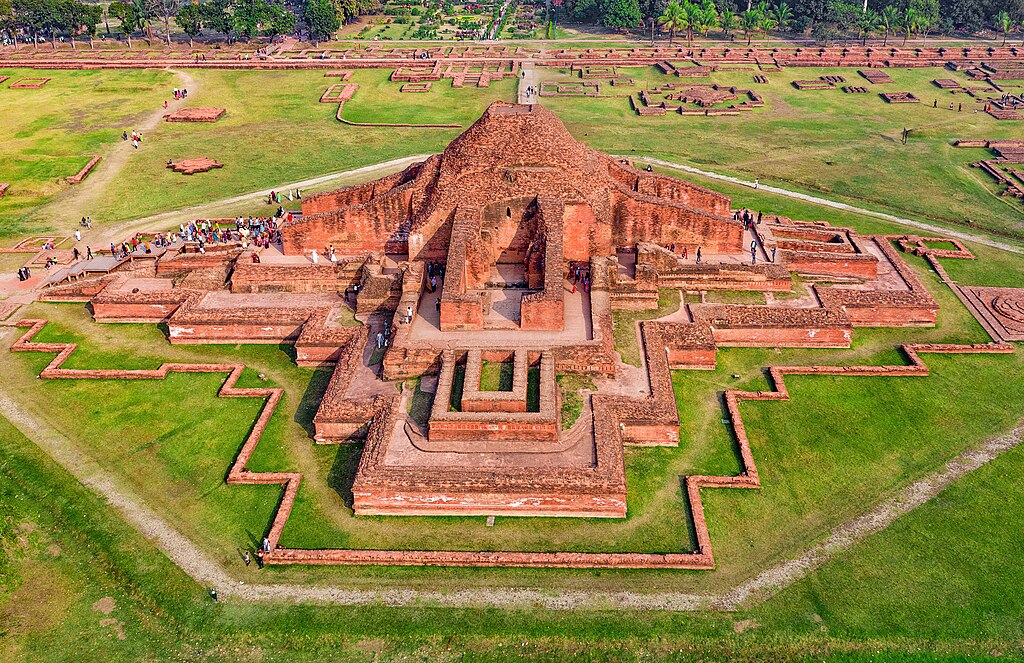
Somapura Mahavihara, is among the best known Buddhist viharas in the Indian Subcontinent and is one of the most important archaeological sites in Bangladesh. Source: Wikimedia Commonsꜛ (license: CC BY-SA 4.0)
Ratnagiri and other Eastern Indian sites
The Ratnagiri complex in Odisha, along with sites like Udayagiri and Lalitgiri, served as important Buddhist institutions with architectural and sculptural features indicative of Vajrayāna influence. While not universities in the same sense as Nālandā or Vikramaśīla, these centers were closely linked to scholastic and ritual activity and may have functioned as specialized satellite institutions. Excavations at these sites have revealed ritual implements, votive stupas, bronze images, and inscriptions that point to their integration into broader Buddhist networks of learning and devotion in Eastern India.

Ruins of the Ratnagiri Vihara. Source: Wikimedia Commonsꜛ (license: CC BY-SA 3.0)

Stupas at Udayagiri. Source: Wikimedia Commonsꜛ (license: CC BY-SA 4.0)

Chaityagriha stupa complex in Lalitagiri. Source: Wikimedia Commonsꜛ (license: CC BY-SA 3.0)
Curriculum and pedagogy
The curriculum in Buddhist universities such as Nālandā, Vikramaśīla, and their counterparts was broad, rigorous, and multilayered. At its foundation was the Tripiṭaka, the three baskets of Buddhist scripture: the Vinaya (monastic discipline), the Sutta (discourses), and the Abhidharma (philosophical analysis). These texts formed the doctrinal core of monastic education and were supplemented by a range of auxiliary subjects.
In addition to canonical studies, monks engaged in the study of logic (hetuvidyā), epistemology, metaphysics, grammar (vyākaraṇa), poetics, medicine, astronomy, and non-Buddhist philosophical systems. This interdisciplinary curriculum reflected both the Buddhist ideal of comprehensive knowledge and the need to engage intellectually with other contemporary traditions, such as Nyāya, Sāṅkhya, and Jain philosophy.
Pedagogically, Buddhist learning placed heavy emphasis on commentarial literature. Teachers not only explained core texts but also guided students through the layered exegetical traditions that developed around them. These commentaries served both as interpretive guides and as vehicles for doctrinal innovation. Memory training was also essential: students were expected to memorize large sections of scripture and commentary, often reciting them aloud in group sessions.
Debate was a central feature of advanced education. Public debates were used to test understanding, refine arguments, and transmit teachings. Monks trained in formal debate protocols, which served both as a pedagogical method and as a means of establishing scholastic reputation within and beyond the monastery.
The universities were also centers for the copying, preservation, and exchange of texts. Manuscripts were produced on palm leaves or birch bark and stored in library buildings, some of which gained legendary status, such as Nālandā’s Dharmaganja. Texts were regularly shared between institutions, and visiting scholars brought with them new manuscripts and interpretations, enabling a high degree of inter-monastic intellectual exchange across regions. These practices helped unify doctrinal traditions, stimulate innovation, and ensure the survival of Buddhist teachings far beyond the Indian subcontinent.
Architecture and archaeology
The architectural and archaeological remains of Buddhist universities offer valuable insight into their scale, organization, and cultural significance. These institutions were designed to accommodate both monastic life and intellectual activity, with carefully planned layouts that integrated residential, instructional, and devotional functions. At Nālandā, excavations have revealed a grid-like layout of multiple brick-built monasteries (vihāras) arranged along a central axis, interspersed with temples, stūpas, meditation halls, and other structures. Each monastery typically contained a central courtyard surrounded by monk cells, with access to staircases, latrines, and communal halls. The use of durable materials like kiln-fired bricks and stone foundations helped ensure the longevity of these complexes.
At Vikramaśīla, similar architectural features have been unearthed at the site of Antichak, including a large cruciform stūpa, a central shrine, and extensive monastic housing units. The remains suggest a high level of planning, with particular attention to ceremonial and instructional spaces. Evidence of elaborate sculptures and decorative motifs points to the integration of art into both religious and academic life.
Other sites like Somapura (Paharpur) and Jagaddala have yielded well-preserved ground plans and artistic remains, including terracotta plaques, bronze icons, and inscribed votive tablets. These artifacts help reconstruct the iconographic programs and ritual uses of the university-monastery spaces.
Epigraphic discoveries, such as stone inscriptions, copper plates, and manuscript colophons, have proven especially valuable. They record donor names, endowments, teacher lineages, and even library inventories, offering detailed snapshots of monastic administration and intellectual life. The discovery of manuscript fragments, sometimes bearing colophons naming institutions like Nālandā or Jagaddala, supports textual transmission histories and scholarly networks extending to Tibet, Nepal, and China.
Taken together, the architectural and archaeological evidence confirms that these universities were not only religious and educational centers but also dynamic cultural institutions that preserved and transmitted Buddhist traditions on a transregional scale.
Decline and legacy
The decline of Buddhist universities in the Indian subcontinent began in the late 12th century CE and was precipitated by a combination of internal and external factors. One of the most significant causes was the series of invasions by Islamic rulers, particularly the incursions of Bakhtiyar Khilji, whose forces destroyed Nālandā and Vikramaśīla around the year 1193 CE. These attacks not only led to the physical destruction of key institutions but also disrupted the networks of patronage and scholarly exchange upon which they depended.
In addition to military conquest, shifts in political and economic patronage played a role. As regional dynasties declined or changed religious affiliation, support for Buddhist monastic institutions waned. The rise of new Hindu and Islamic educational centers, along with the diminishing appeal of scholastic Buddhism in some regions, contributed to the erosion of institutional Buddhism on the subcontinent.
Despite these losses, the intellectual and ritual traditions fostered by Buddhist universities survived elsewhere. Many teachings and texts were transmitted to Tibet, where monastic institutions such as Samye and Ganden adopted and adapted Indian scholastic models. Tibetan Buddhism preserved many of the philosophical, ritual, and organizational features developed at Nālandā and Vikramaśīla, incorporating them into its own systems of education and commentary.
In Southeast Asia, especially in countries like Sri Lanka, Thailand, and Myanmar, monastic education persisted and evolved independently. While these regions were not direct continuations of the Indian Mahāvihāras, they maintained monastic universities and scholastic traditions based on the Pāli Canon and localized curricula. Institutions such as Mahābodhi Society schools and contemporary universities like Mahachulalongkornrajavidyalaya in Thailand continue aspects of this legacy today.
In summary, while the physical centers of Buddhist learning in India were lost, the intellectual foundations they laid endured through transregional transmission. Their decline marked the end of a major chapter in Indian Buddhist history, but their influence continued to shape Buddhist thought, education, and institutional models across Asia for centuries to come.
Conclusion
The emergence and development of Buddhist universities such as Nālandā, Vikramaśīla, and their affiliated centers marked a significant phase in the institutional history of Buddhism. These universities functioned as more than residential monasteries; they were structured hubs of education, intellectual exchange, and doctrinal consolidation. Their curricula and pedagogy illustrate a sophisticated academic culture that supported the study of Buddhist philosophy alongside grammar, logic, medicine, astronomy, and competing schools of thought.
Buddhist universities also played a pivotal role in the cross-cultural transmission of Buddhism across Asia. Through manuscript exchange, international student bodies, and missionary engagement, they contributed to the formation of a shared Buddhist intellectual tradition that extended from India to Tibet, China, Korea, and Southeast Asia. The architectural remains, inscriptions, and textual references to these institutions offer substantial archaeological and historical evidence of their scale and influence.
Though these institutions eventually declined, their legacy endured in the monastic universities of the Tibetan plateau and Theravāda traditions of Southeast Asia. In this way, the Buddhist university became a model of transregional and interdisciplinary learning, shaping religious scholarship and institutional culture for centuries beyond its geographic origins.
References and further reading
- Dutt, Sukumar, Buddhist Monks and Monasteries of India: Their History and Contribution to Indian Culture, 1989, Motilal Banarsidass Publications, ISBN: 978-8120804982
- Scharfe, Hartmut, Education in Ancient India, 2002, Brill, ISBN: 978-9004125568
- Schopen, Gregory, Buddhist Monks and Business Matters: Still More Papers on Monastic Buddhism in India, 2004, University of Hawai‘i Press, ISBN: 978-0824827748
- Huntington, Susan L., The Art of Ancient India: Buddhist, Hindu, Jain, 1985, Weatherhill, ISBN: 978-0834801837
- Thapar, Romila, Aśoka and the Decline of the Mauryas, Revised Edition 2012, Oxford University Press, ISBN: 978-0198077244
- Bechert, Heinz (ed.), When Did the Buddha Live? The Controversy on the Dating of the Historical Buddha, 1996, Sri Satguru Publications, ISBN: 978-8170304692
- Heitzman, James, Gifts of Power: Lordship in an Early Indian State, 1997, Oxford University Press, ISBN: 978-0195639780
- Chattopadhyaya, Debiprasad, Science and Philosophy in Ancient India, 2013, Aakar Books, ISBN: 978-8189833442

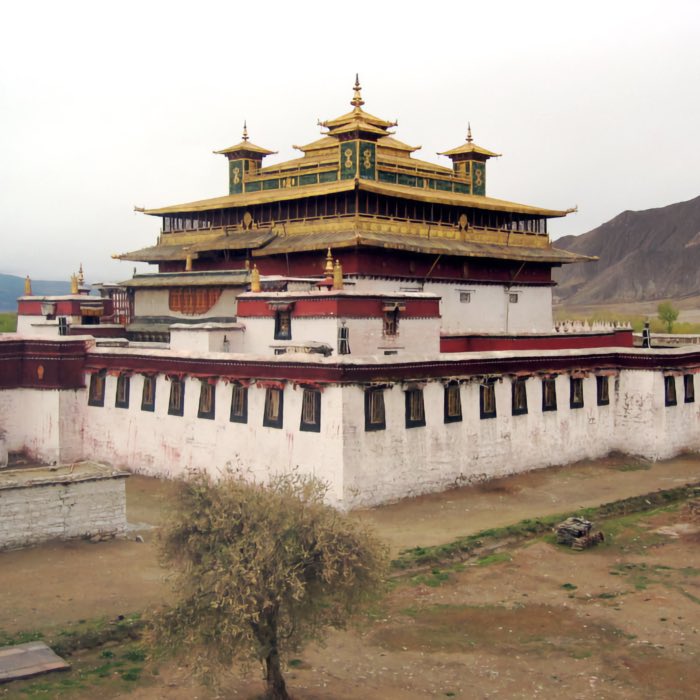
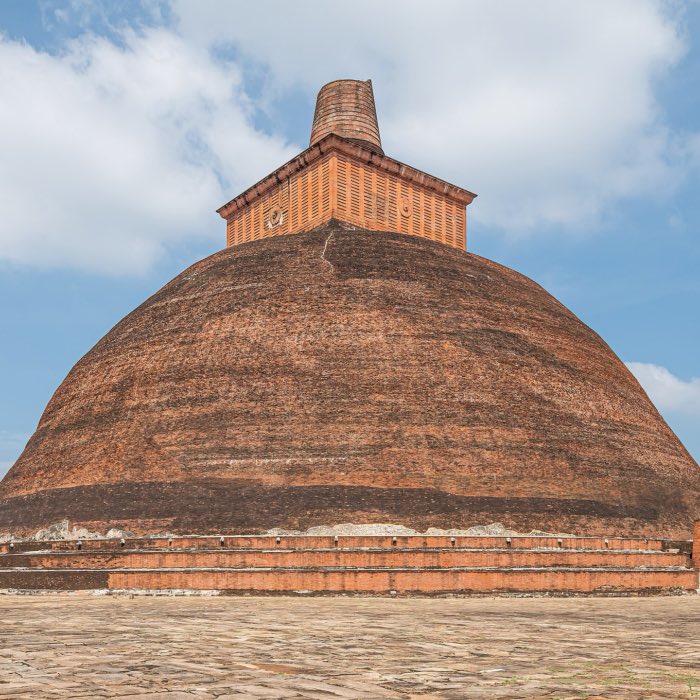
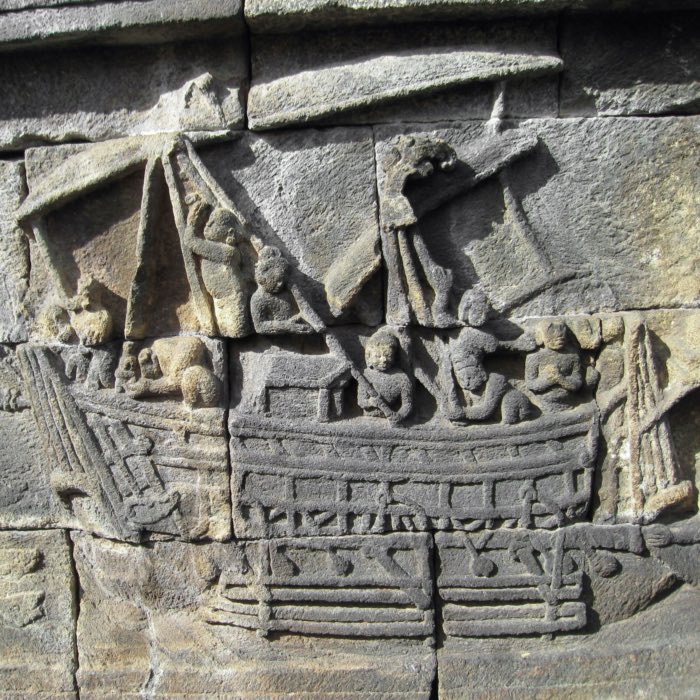
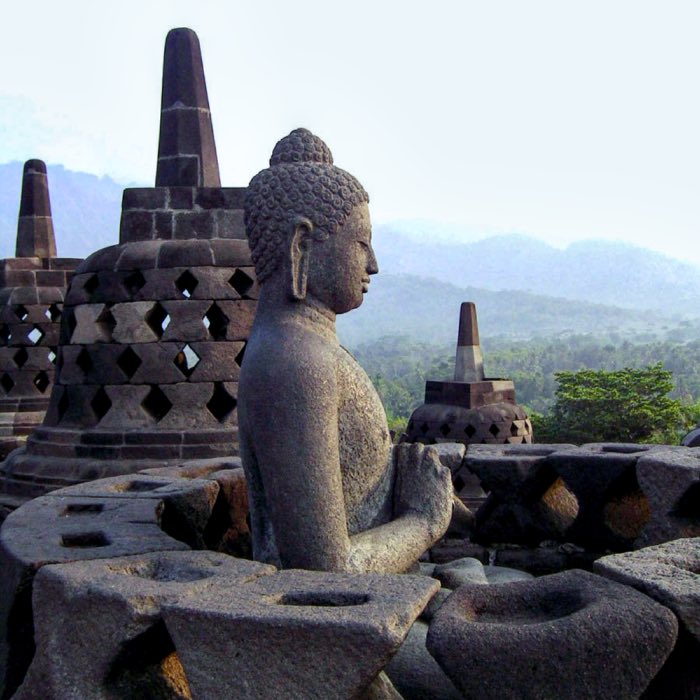
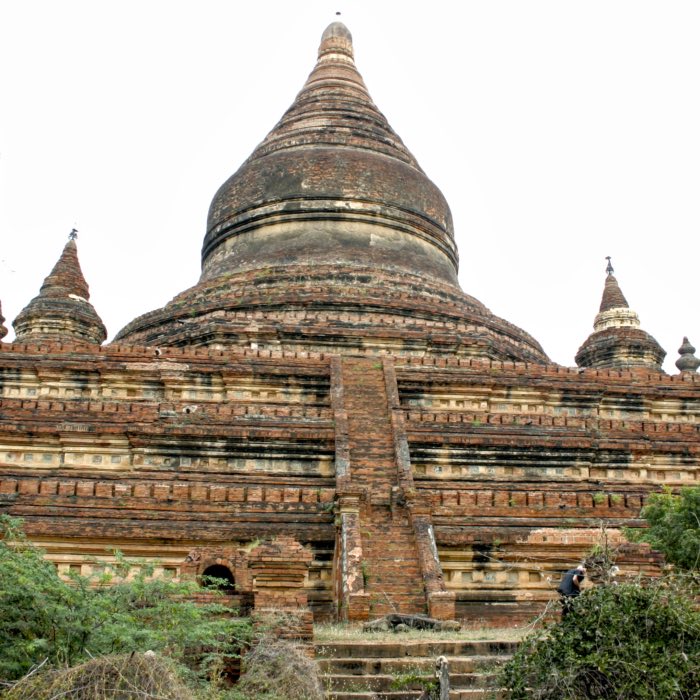
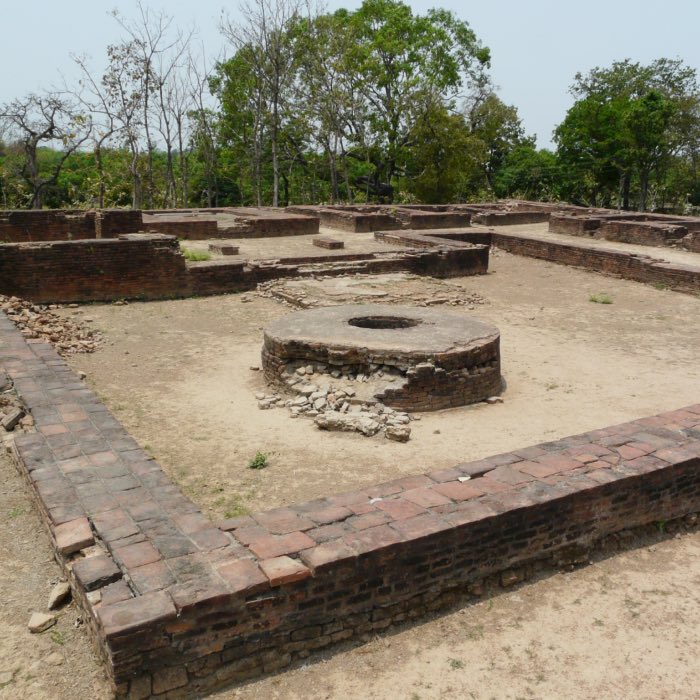
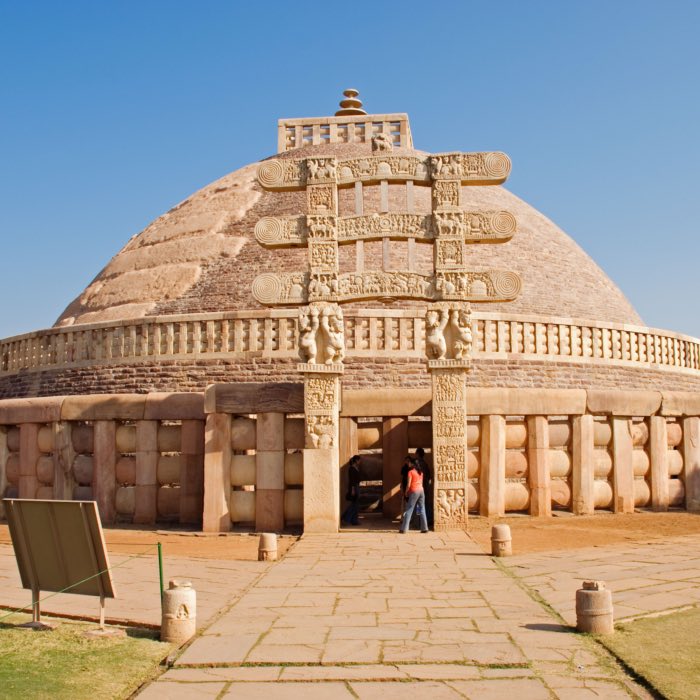
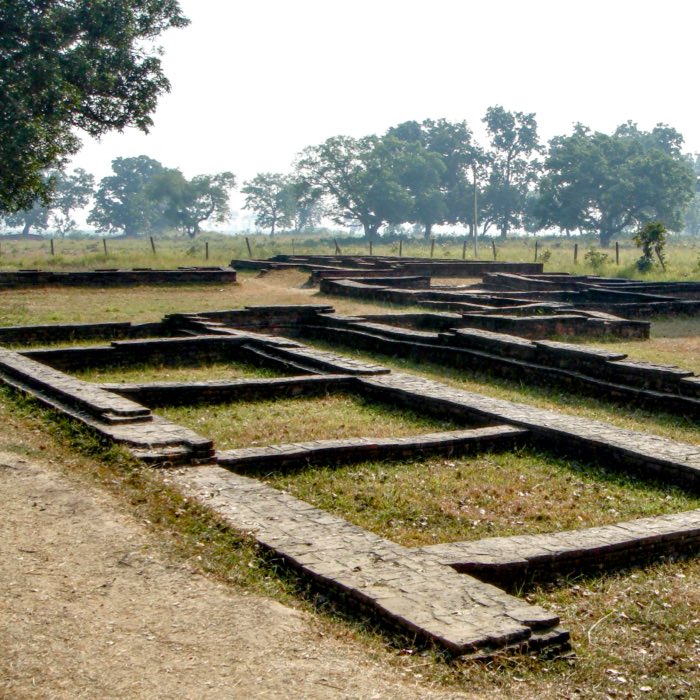
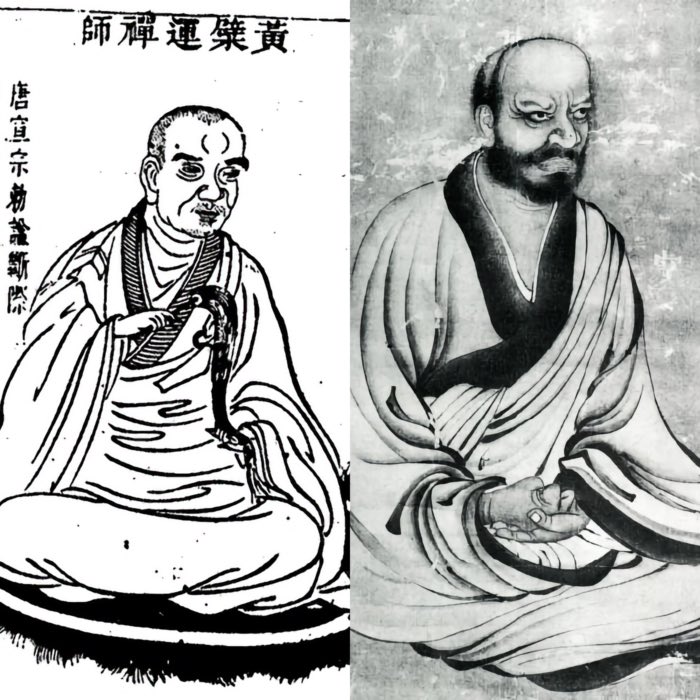

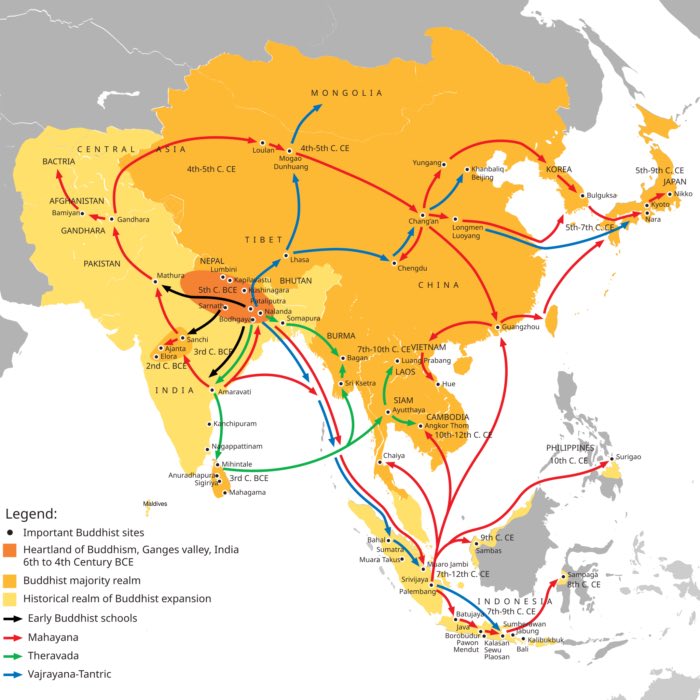

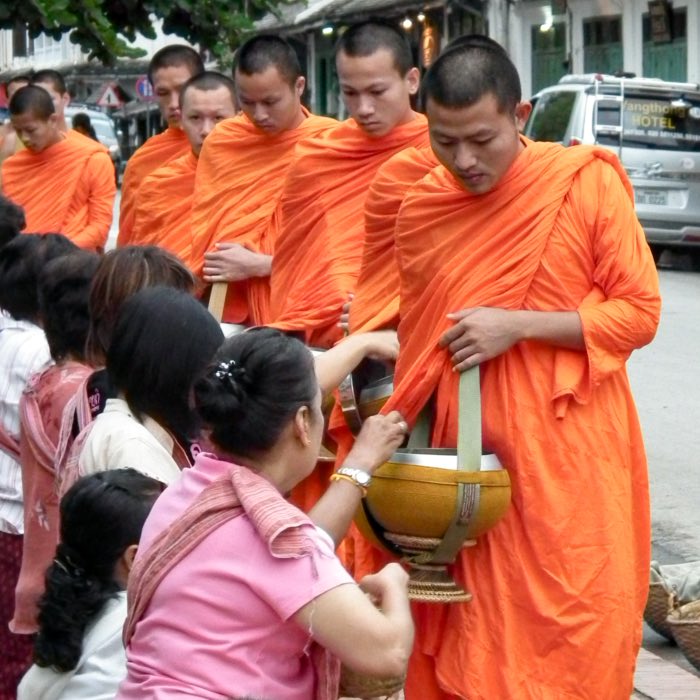
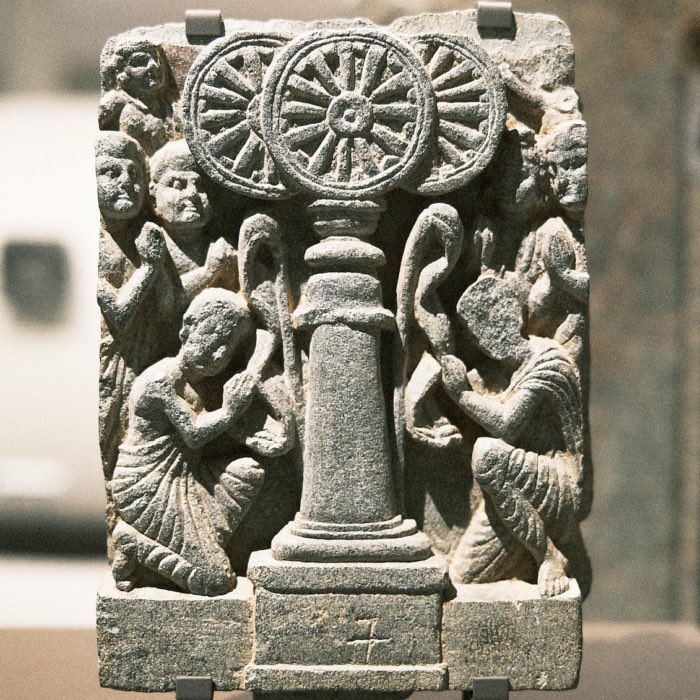
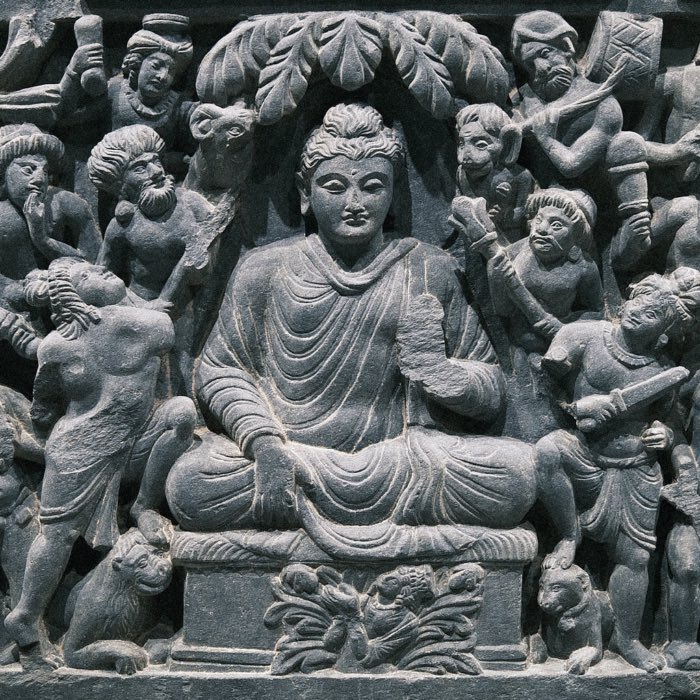

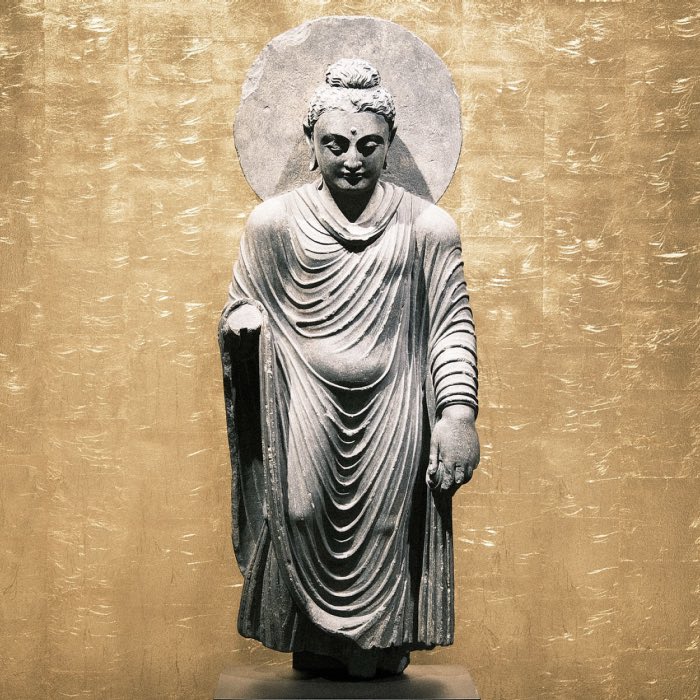
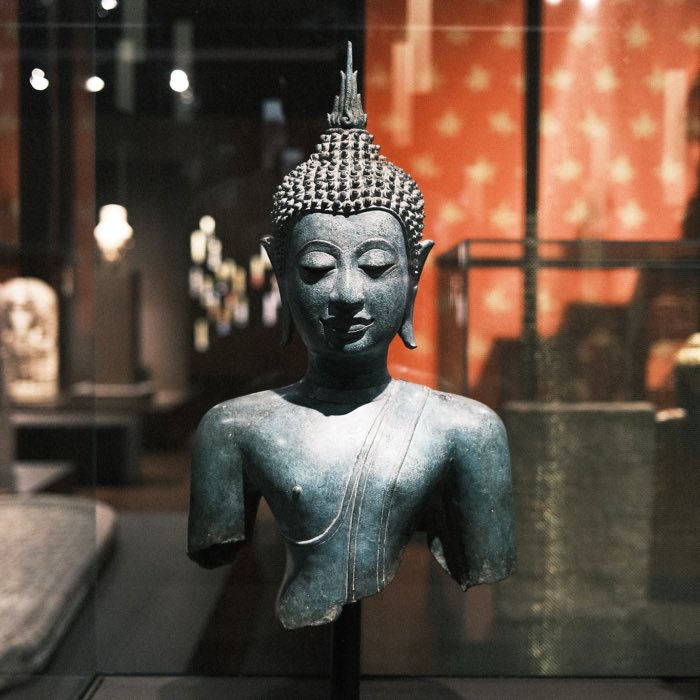
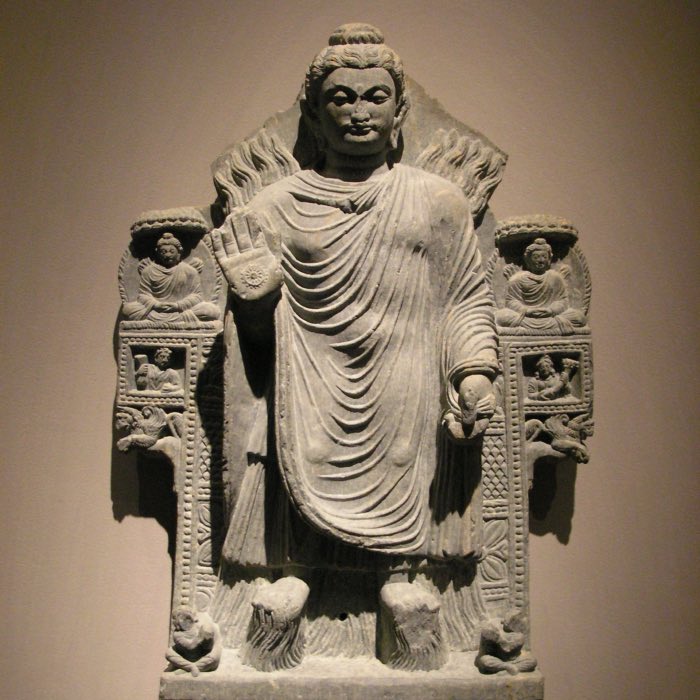
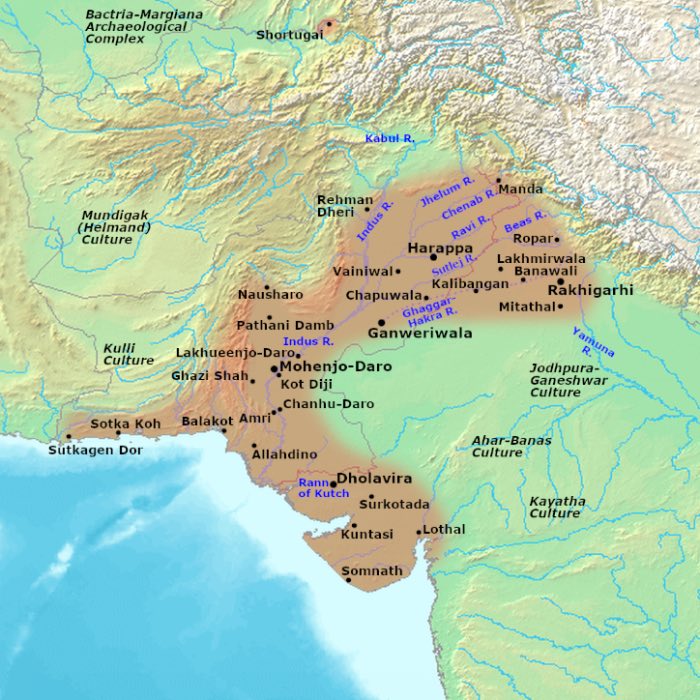
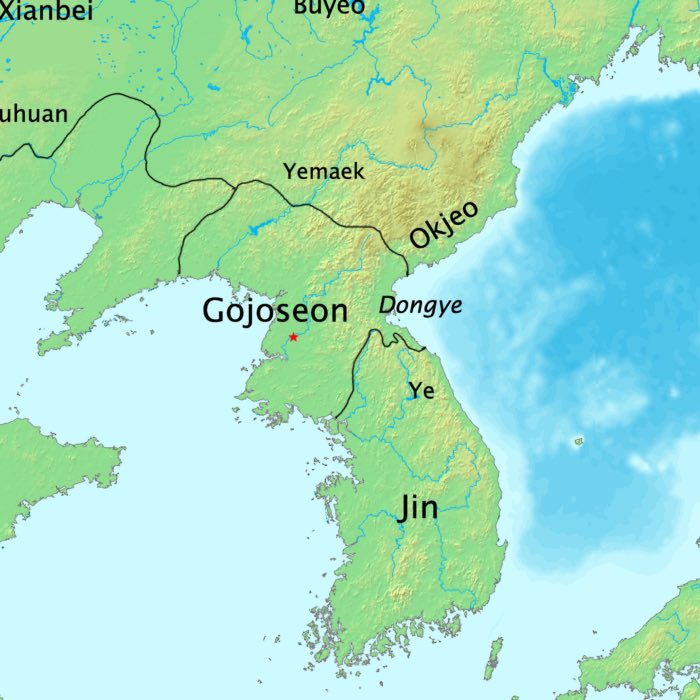
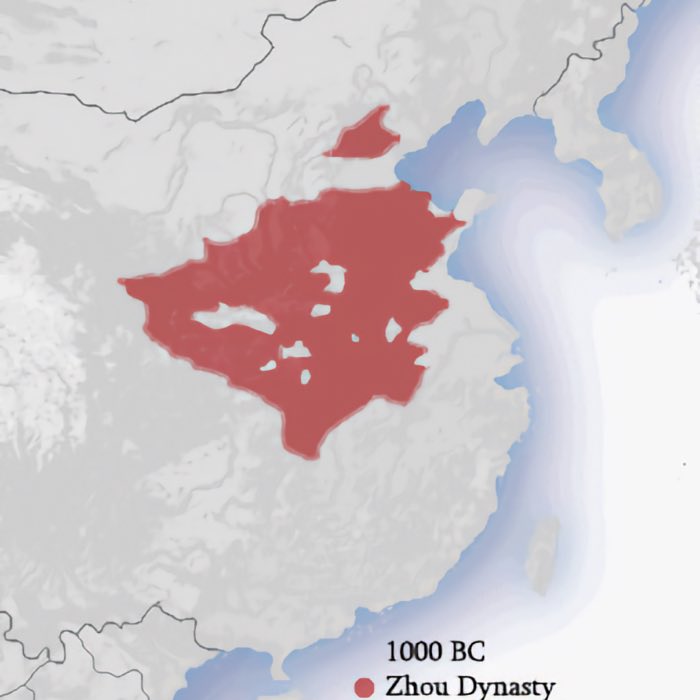
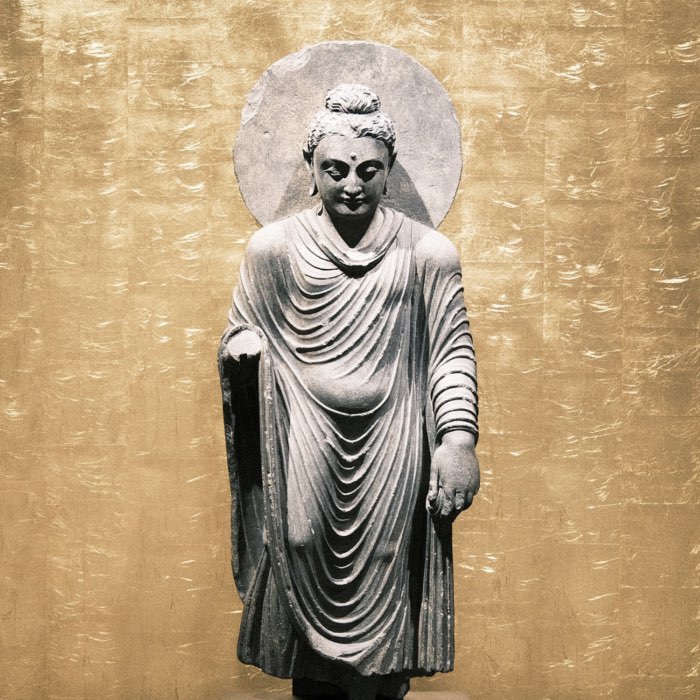


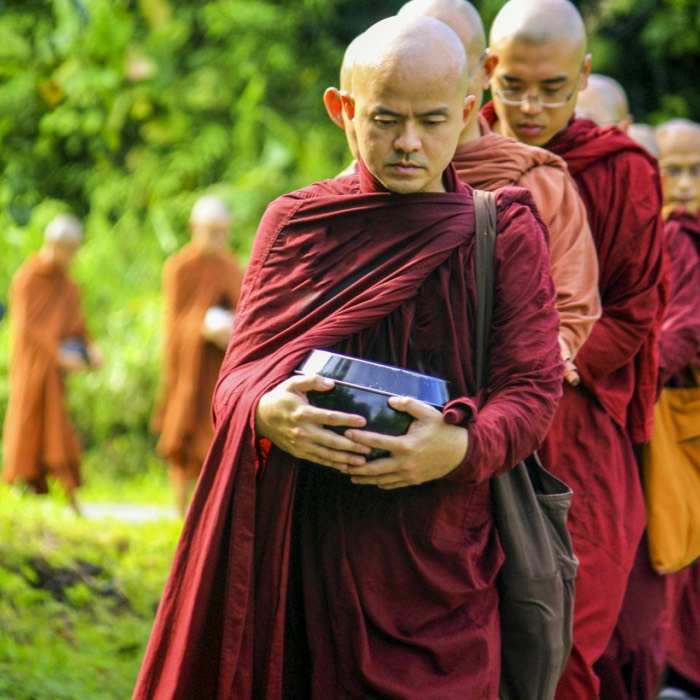


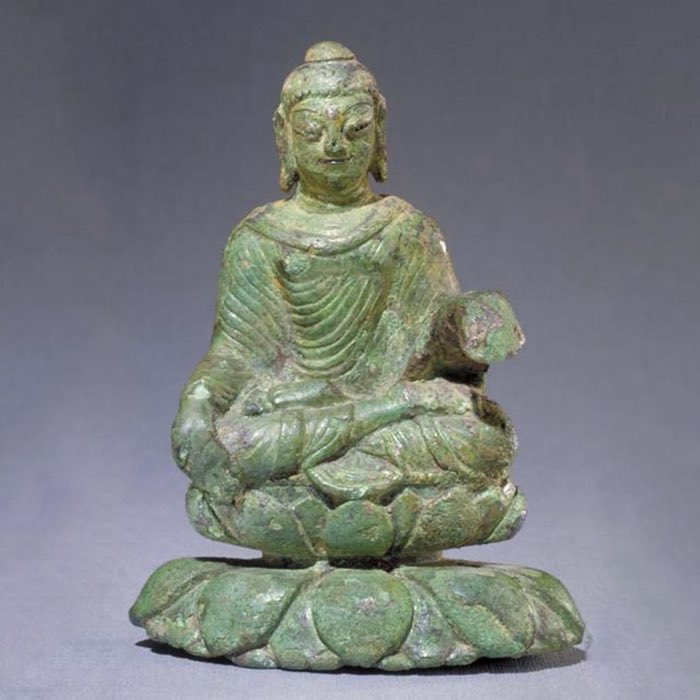

comments